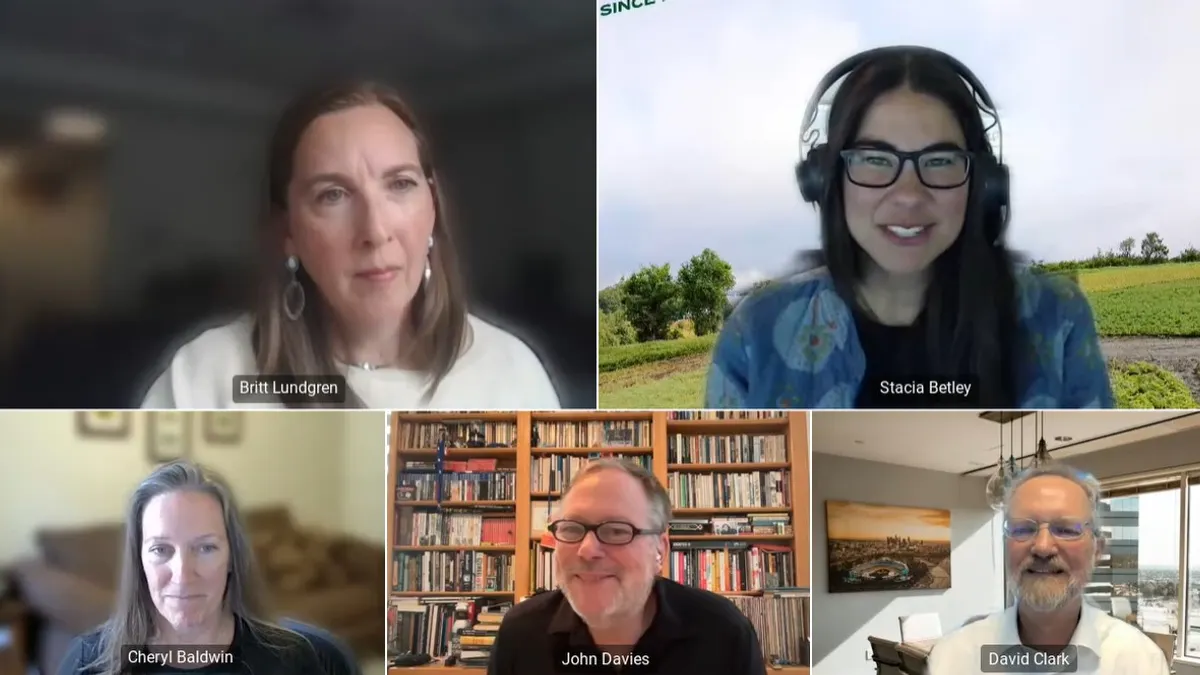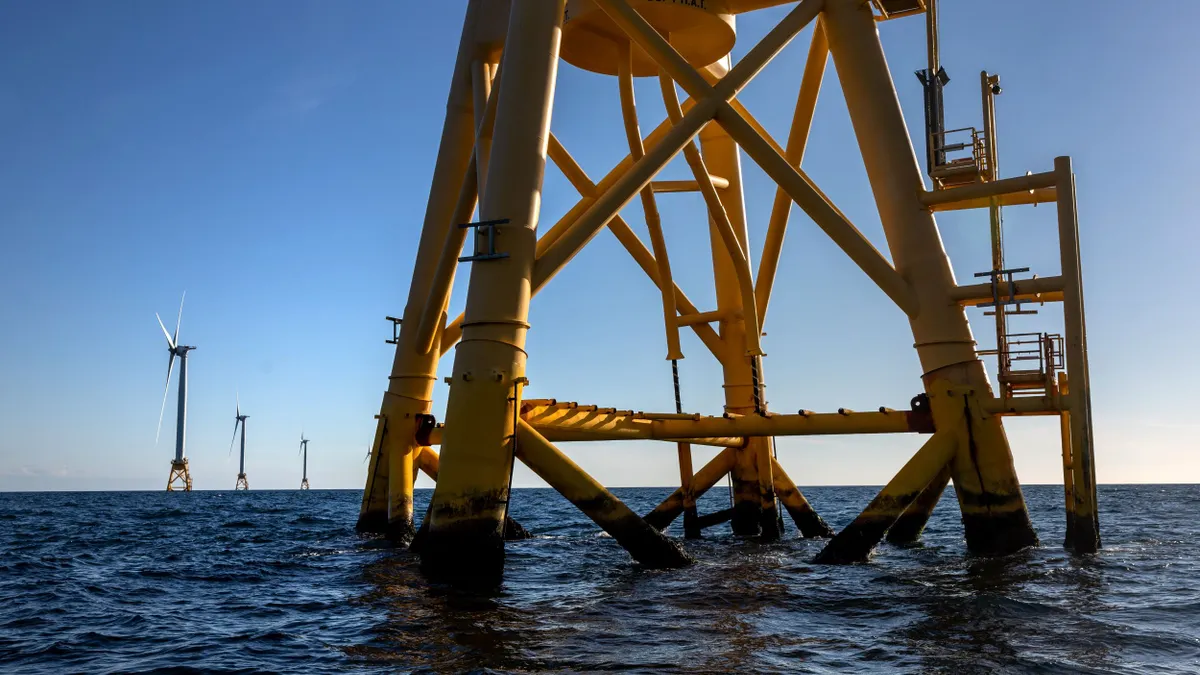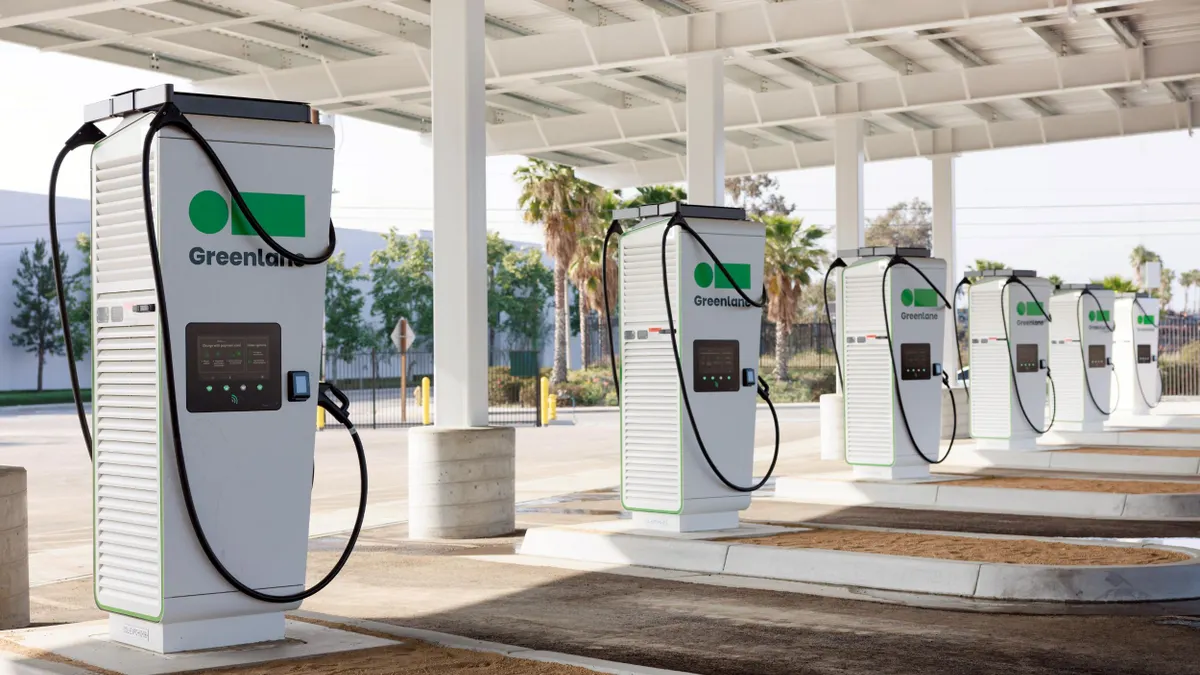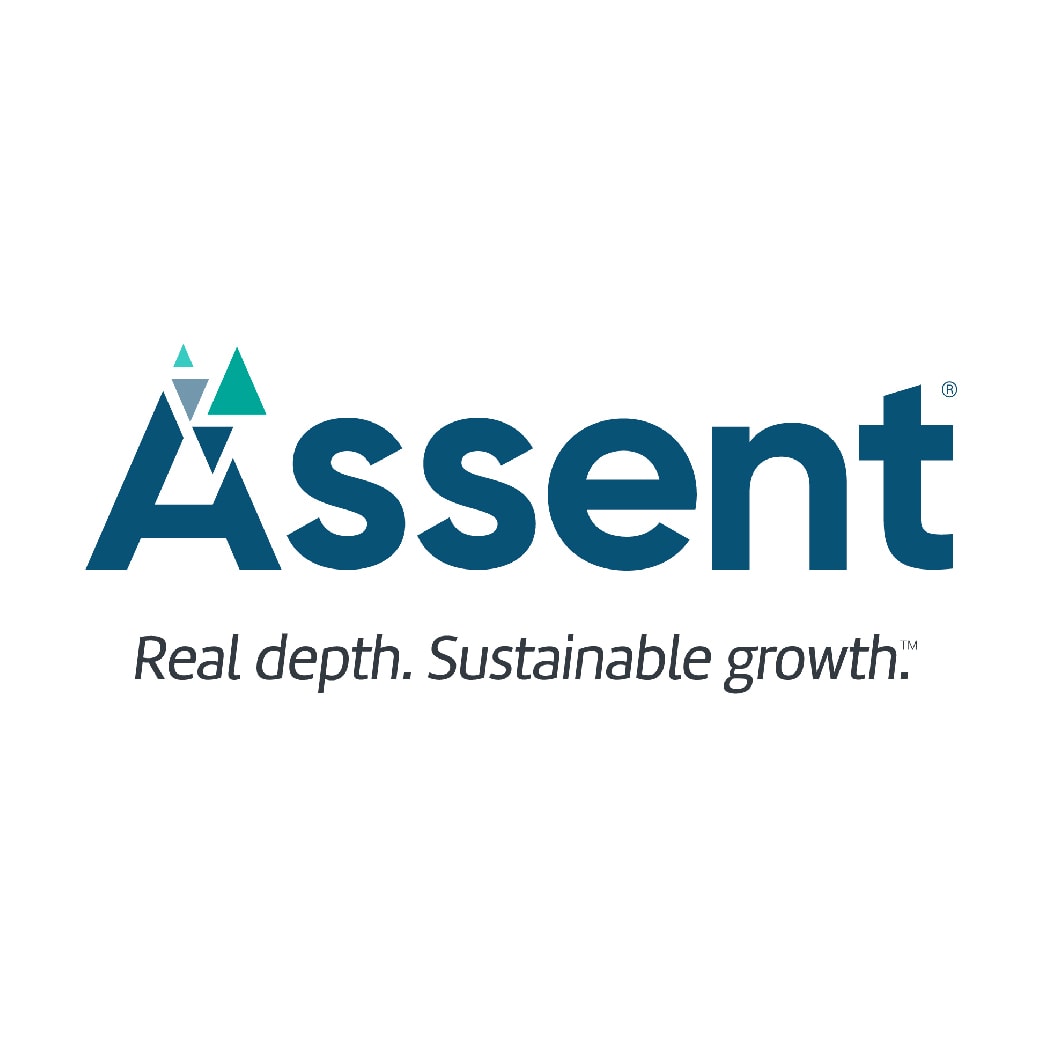Ben Carr is a director at public relations and communications agency MHP Group. He advises clients on sustainability and corporate messaging
For years, carbon terminology passed largely unnoticed. Terms like “carbon neutral” and “offsetting” were the preserve of sustainability teams and annual reports. But those days are over. The language of carbon has entered the public arena — and not always for the better.
“Carbon neutral” claims have been widely discredited, with high-profile lawsuits such as the $1 billion class action suit against Delta Airlines showing how words that once conveyed leadership can now invite litigation. Abroad, the United Kingdom’s competition regulator, the Competition and Markets Authority, has been given new powers to fine companies up to 10% of global turnover for misleading green claims. Meanwhile, while the European Commission has recently nixed the proposal, the European Union’s proposed Green Claims Directive would have banned generic terms like “climate neutral” unless backed by verifiable evidence.
This is more than semantics. As standards rise and skepticism deepens, language has become a measure of corporate integrity. For companies active in carbon markets, what you say and how you say it is now as important as what you do.
Why language matters
The voluntary carbon market has matured, but the words used to describe it have not kept pace. Many companies still rely on vague or outdated terms, assuming they are harmless shorthand. Yet research suggests otherwise. According to a recent survey by Keele University and Copper Consultancy, only 53% of the U.K. public were able to identify the correct definition of net-zero. The impact of this lack of understanding means that, although there is widespread recognition that climate change is a serious issue that must be addressed, public understanding of key terms remains limited.
Such a lack of understanding increases the risk for audiences to disengage or assume the worst. This not only undermines individual corporate reputations, it erodes confidence in the wider market.
The end of ‘carbon neutral’
The most obvious casualty of this linguistic shift is “carbon neutral”. Once seen as progressive, it is now associated with tokenism or creative accounting. Nestlé, for instance, dropped “carbon neutral” product labeling, acknowledging that the term no longer aligns with consumer expectations.
Businesses are increasingly turning to specific framing rather than neutrality language. For example, Swedish fintech Klarna applies an internal “carbon fee”, a self-imposed charge on all of its emissions and invests those funds into high integrity climate projects. Klarna explicitly avoids using terms like “carbon neutral”, positioning the fee as a financial contribution to global mitigation rather than a compensatory offset claim.
This reframing signals a broader trend; a transition from bold but brittle claims toward language that is humble, verifiable and clear.
How to get it right
For businesses communicating their climate action, precision is essential. This means using words that accurately reflect what is being done. Companies should avoid blanket terms that imply more than is delivered, instead being clear about whether they are funding avoidance projects, investing in carbon removals or engaging in longer-term partnerships to support innovation. It also requires placing carbon credits in context. When Microsoft outlined its carbon strategy, it emphasized that deep emissions reductions come first, with carbon removals used only to address residual emissions that cannot be eliminated. This kind of transparency makes an approach both credible and comprehensible to stakeholders.
Testing language with different audiences is equally important. What resonates internally may confuse, alienate or even provoke suspicion externally. By engaging customers, investors and employees early, companies can ensure that their language builds understanding rather than mistrust.
The reputational stakes
This is not just a matter for sustainability teams. Language is now a reputational lever, shaping how regulators, media, investors and the public perceive corporate climate action. A poorly chosen phrase can trigger backlash. For instance, energy retailer and generator EnergyAustralia recently withdrew its “Go Neutral” product after legal action accused it of falsely marketing its energy offering as carbon neutral. Critics said the offsets used were poor quality and the claims were misleading, ultimately forcing the company to discontinue the offering and issue a partial apology.
In contrast, a carefully crafted narrative can build trust and strengthen license to operate. Environmental nonprofit RARE Conservation used social storytelling and influencer partnerships for its Catch Carbon campaign to humanize carbon offset projects. Rather than relying on statistics and jargon, the organization collaborated with five artists and content creators to produce short, emotionally relatable videos that showcased climate impact through personal stories, not numbers. This refreshed narrative made carbon projects accessible, tangible and emotionally engaging, which significantly increased public support and donations to high-integrity carbon initiatives.
A new lexicon for a new era
The era of casual climate language is over. Companies must adopt a new lexicon — one that matches the complexity of carbon markets with clarity, humility and transparency. Those who do will not only protect themselves from regulatory and reputational risk, but also help to restore faith in a vital tool needed for achieving global net-zero goals.


















